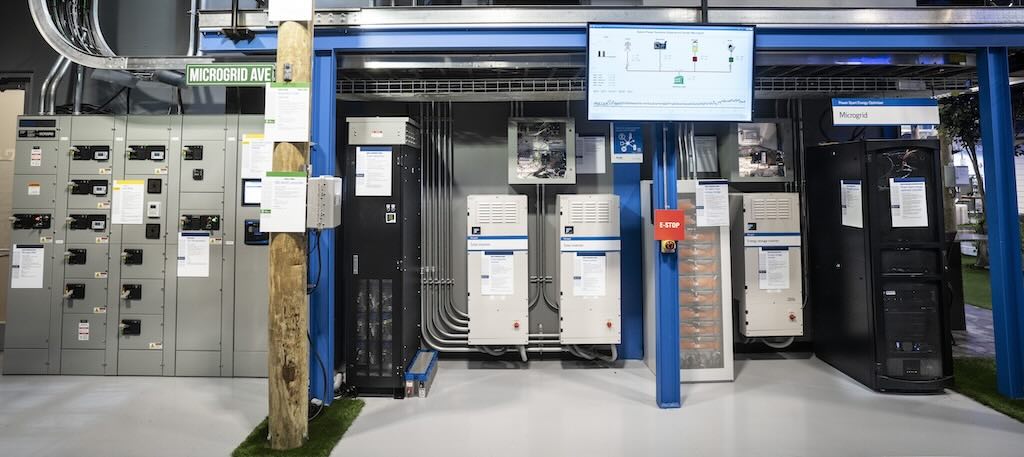Biofuels have become a popular subject in the energy community, but how does this energy source actually work, and are there any downsides to using them?
Biofuels are any kind of fuel made from living things, or from the waste they produce. This is a very long and diverse list including:
- Wood, wood chippings and straw
- Pellets or liquids made from wood
- Biogas (methane) from animals’ excrement
- Ethanol, diesel or other liquid fluids made from processing plant material or waste oil
In recent years, the term biofuel has come to mean the last category – ethanol and diesel, made from crops including corn, sugarcane and rapeseed. Bio-ethanol, an alcohol, is usually mixed with petrol, while biodiesel is either used on its own or in a mixture.
Ethanol for fuel is made through fermentation, the same process that produces it in wine and beer. Biodiesel is made through a variety of chemical processes.
Are biofuels climate-friendly?
In principle, biofuels are a way of reducing greenhouse gas emissions compared to conventional transport fuels. Burning the fuels releases carbon dioxide; but growing the plant absorbs a comparable amount of the gas from the atmosphere. However, energy is used in farming and processing the crops and this can make biofuels as polluting as petroleum-based fuels, depending on what is grown and how it is treated.
Where are biofuels used?
In 2011 worldwide ethanol fuel production reached 22.36 billion gallons, with the U.S. serving as the top producer with 13.89 billion gallons, which accounts for 62.2% of global production. Most cars on the road today in the U.S. can run on blends of up to 10% ethanol, which represented 10% of the U.S. gasoline fuel supply derived from domestic sources in 2011.
What are the downsides of using biofuels?
From an environmental point of view, the big issue is bioversity. With much of the western world’s farmland already consisting of identi-kit fields of mono-cultured crops, the fear is that a major adoption of biofuels will reduce habitat for animal and wild plants.
If increased proportions of food crops such as corn or soy are used for fuel that may push prices up, affecting food suppliers for less prosperous citizens.
On the technical side, engines can generally cope with the new fuels but current technologies limit production, because only certain parts of the specific plants can be used. The big hope is the so-called second-generation of biofuels, which will process the cellulose found in many plants. This should lead to far more efficient production using a much greater range of plants and plant waste.
This article originally appeared in Spirax Sarco’s Steam News Volume 4 Issue 2. [https://www.spiraxsarco.com/us/about/magazines/magazines.asp]



